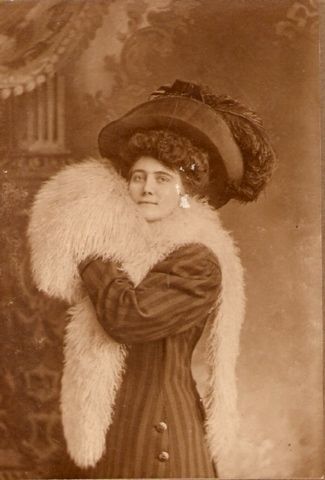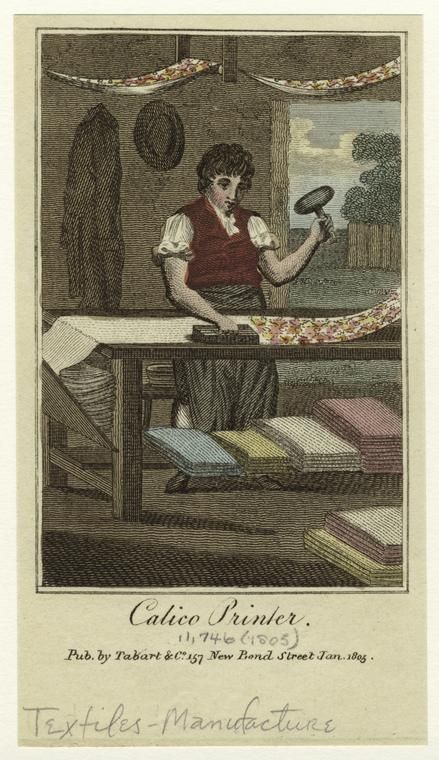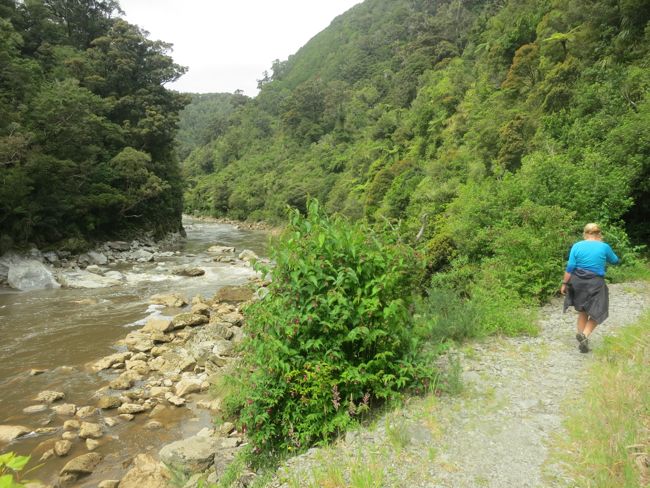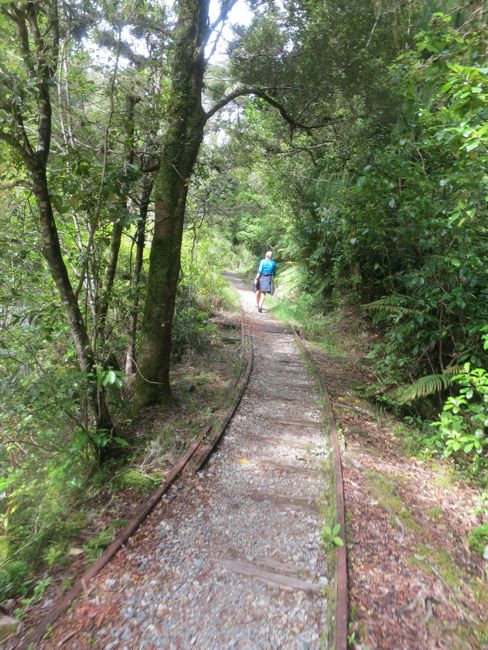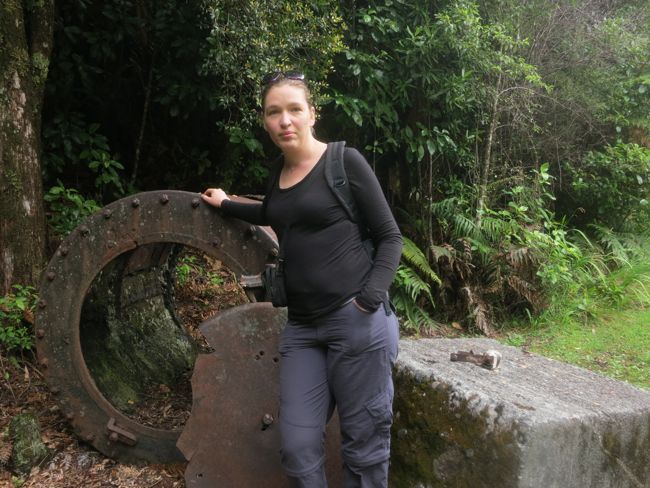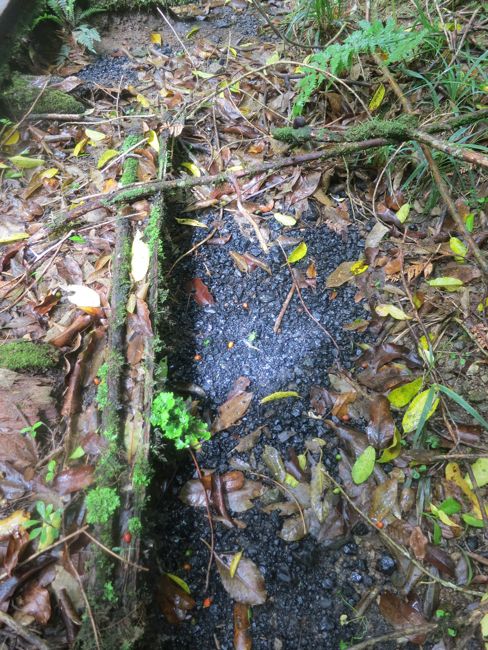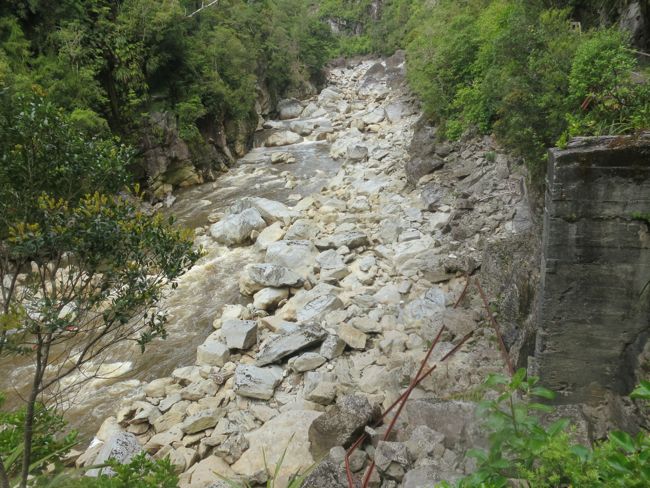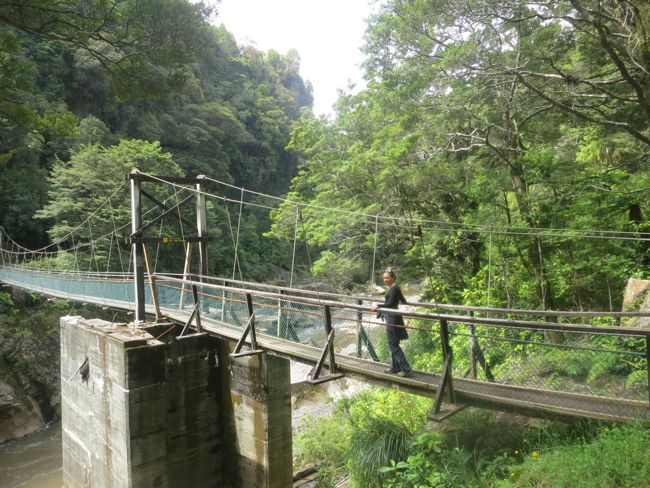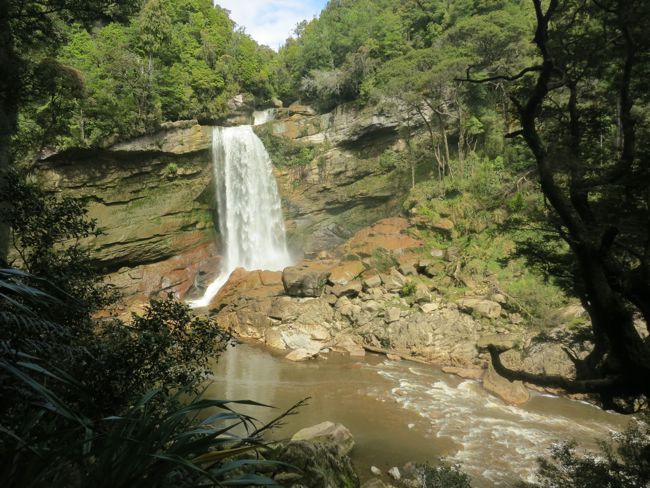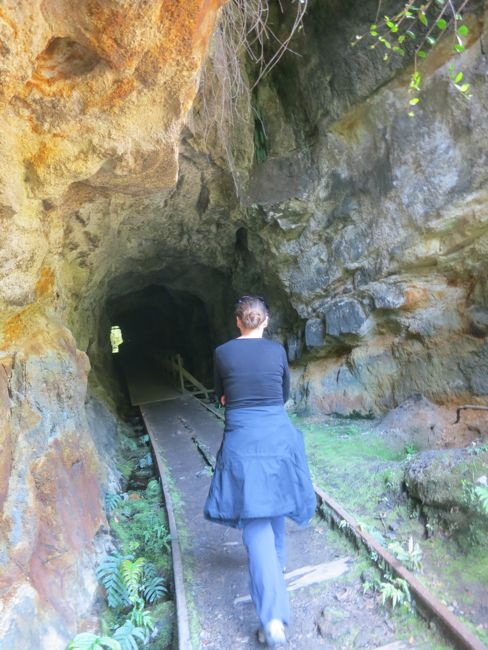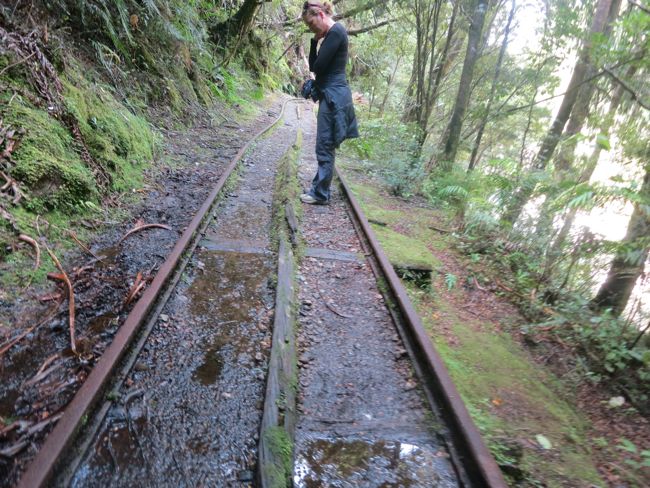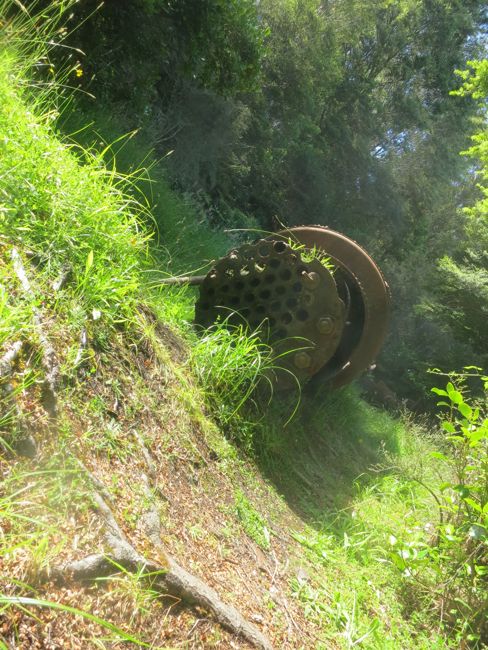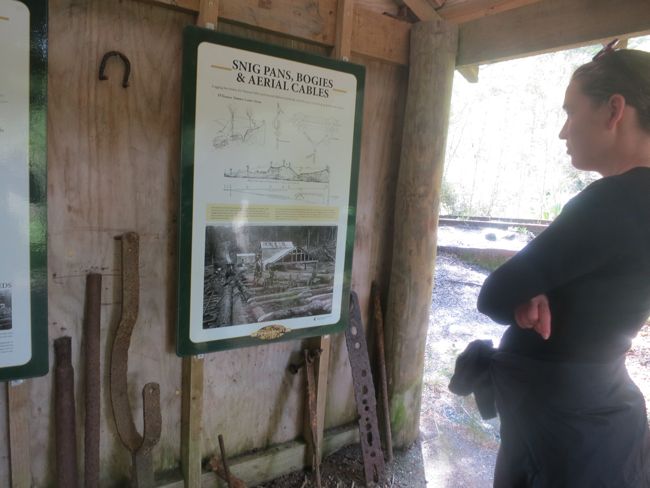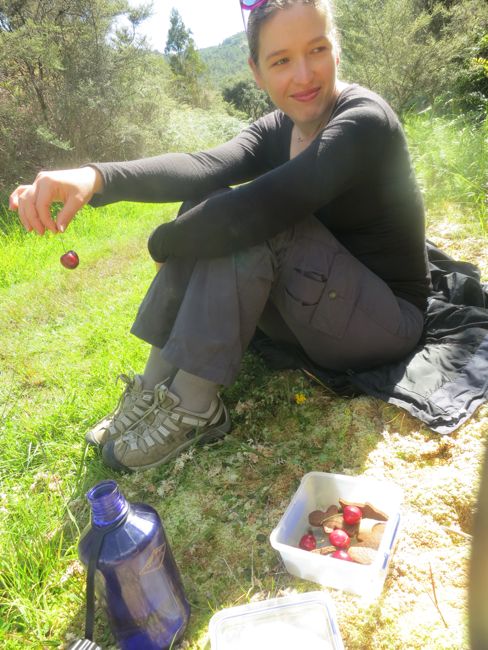My sister the Chef is named after our great-great-grandmother. It’s a very unusual name: so unusual, in fact, that every single google result for it is about GGGrandmother, one of her ancestors, or one of the five women named after her, including my sister.
So I won’t be telling you GGGrandmother’s name, because my sister deserves a little privacy on the internets. Instead, I’ll call her Anna, a name she sometimes used, perhaps because it was easier for the general public to pronounce and wrap their head around.
Growing up, I wondered why my sister was named after our GGGrandmother. I’m named after my paternal grandmother, and my youngest sister after our maternal grandmother, but three generations back is a long way to go for a name. And why all those other women (and men, carrying the slightly more common masculine version of her name)?
The answer, at least in part, is the story of her life. As a child I was told a very simple version of it: a child friendly, bowlderised version (not my parent’s whitewash, simple them repeating the version they had heard), but as an adult I’ve come across other versions, and read accounts from the time, and put together the dates and known facts. In doing so, it’s become apparent that Anna’s tale is infinitely more tragic than the one I grew up with.
This is Anna’s story as I understand it. There are slightly differing accounts across the different branches of the family, and disagreement on some of the details, so I have simply chosen the ones that best match the facts, or make a cohesive story without affecting the truth of the tale.
NOTE: The following story is very, very sad. It doesn’t involve any human cruelty (the hardest kind of sad), but it is nonetheless absolutely heartbreaking, so if you are feeling down you might want to skip it and click on the ‘Felicity’ tag instead and cheer yourself up with cute kitty posts.
Anna was born in Michigan in the 1860s, the daughter of Dutch-ish immigrants (the Netherlands being a slightly different thing at the time). Her parents struggled with the stony Michigan ground and woods, and so they moved the family to the plains of the newly opened Dakota territories, where she met and married Jacob, another Dutch-ish immigrant.
Jacob was a carpenter and well-digger. The new couple settled on a homestead, with a house and a barn. A year after their marriage Anna became pregnant, but sadly, the child died at birth. A year and a bit later there was another pregnancy, and Anna gave birth to a healthy baby girl (we’ll call her Gertie).
Gertie was barely two years old when Anna went into labour with a third pregnancy. The labour did not go well, so Jacob rushed the mile or two into town for a doctor, taking Gertie with him, so as not to leave the responsibility of her with Anna.
It was the end of winter, and as Jacob neared town, a terrible blizzard swept in. He and Gertie made it to the town, but they were trapped at the doctor’s house as the blizzard raged around them, frantic with worry for Anna, alone, and in labour, in a cold little house in the vast prairie. Attempts to get back to Anna were futile.
It was almost three days before the blizzard cleared enough for Jacob, the doctor, and some friends to rush back to the homestead. As they neared it, the worst possible sight met their eyes. The house was a smoking ruin: destroyed by fire.
They raced to the house, calling Anna’s name frantically, hoping against hope that she had survived her labour, the fire, and the blizzard.
They finally found her collapsed at the door of the barn, dead from exposure, her body curled protectively around her tiny baby. Amazingly, the baby, just three days old, had survived.
Anna had managed to give birth on her own, cut the cord and deal with the afterbirth and dress and wrap her baby. Sometime in the wait for her husband the stove had caught on fire, and Anna, weakened from labour and with an infant, was unable to fight it. She’d attempted to make her way to the barn in the raging blizzard, and while she couldn’t save her own life, she’d given it to enable her infant to live. She wasn’t even 25.
The tiny infant was my great-grandfather. Named after his mother, he was called Bert. He was sent to be raised by relatives until he was 12.
I posted a photo of his older sister, Gertie, on Facebook yesterday. She was married by the time she was 20 (this photo, taken in 1907 or 1908, was probably done just before or at the time of her marriage). She had four children of her own, but also sadly died young: just a decade older than her mother. I wonder if she remembered Anna at all, in faint memories of lullabies or being held.

